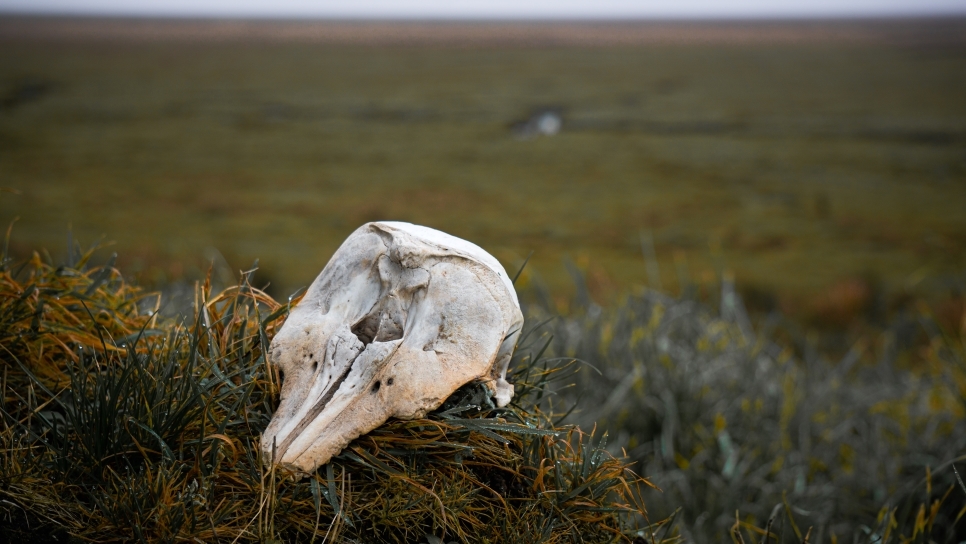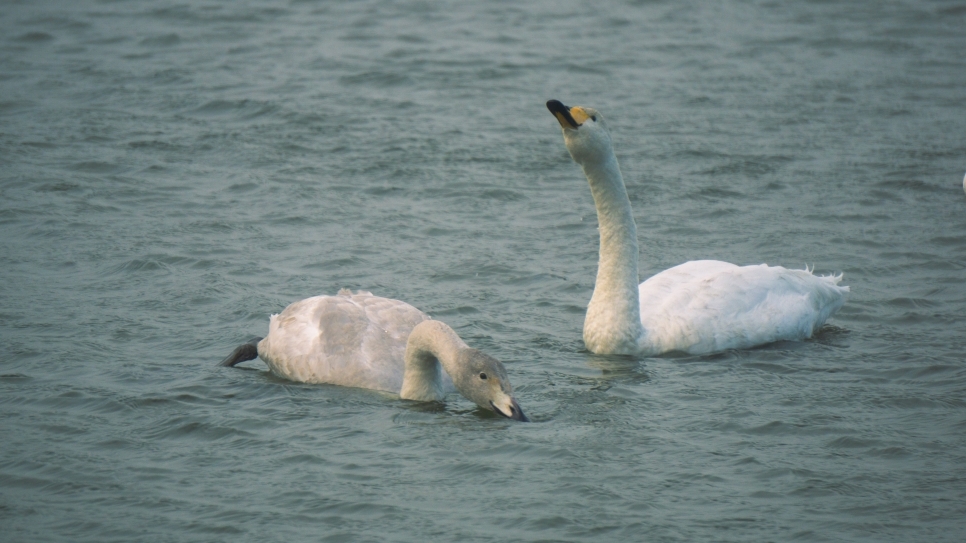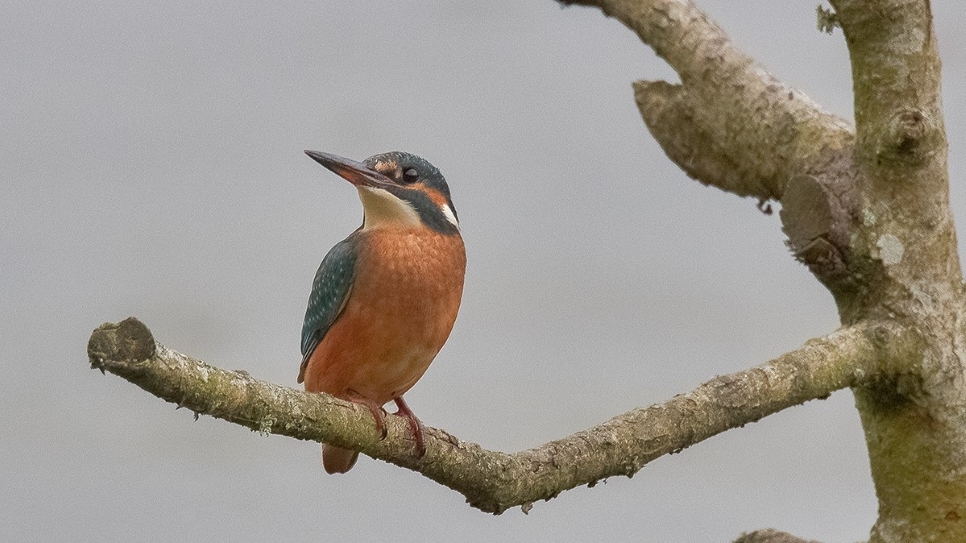The saltmarsh larder
Water dripping down their noses, the volunteers look grimly over to Jake. This was not the day they were hoping for.
They set out in the morning, with it already raining a little. A gang of seven volunteers have joined the reserve team today for seed collection. They are going out onto the merse to find bird’s foot trefoil (Lotus corniculatus) to harvest its seeds which will then be planted in other areas of the reserve to increase biodiversity.
Bird’s foot is an important species in wildflower meadows because it is a legume, meaning it fixes nitrogen into the soil, and because it is a creeping plant, so it is good for supressing grasses when you are trying to establish a wildflower meadow. This means that fussier species get a chance to flourish.
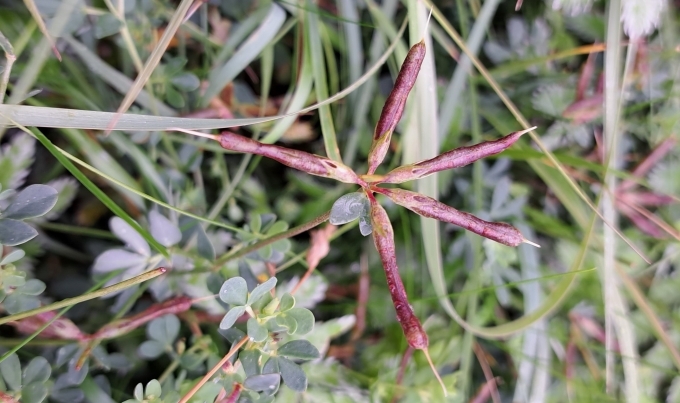
As they head out through the cattle field and onto the merse, the rain starts coming down harder. Already they know it’s going to be a long day.
Across the huge saltmarsh, there is an abundance of bird’s foot so harvesting a small portion of it won’t harm the habitat. Jake is planning on collecting meadowsweet, tufted vetch and oxeye daisy when they’re ready as well. It is amazing to have this larder of wildflower seeds right here on site. It means that any seeds planted on the reserve are more likely to survive because they are from this area, unlike if seeds were bought from a commercial retailer.
They stick at it all morning and into the afternoon, gathering at about half past two to chat through the day. The volunteer team is soaked through but when Jake tells them they will be doing this again in the coming weeks, he expects them to be disappointed… but instead they look pleased. Despite a long, soggy day, they’ve enjoyed just requiring a little direction before getting stuck in and there is no denying that it is a relaxing thing wandering across the merse, scanning for bird’s foot.
Hopefully as well as an enjoyably gentle volunteer task, the seeds that have been collected will allow our meadow diversity to boom.
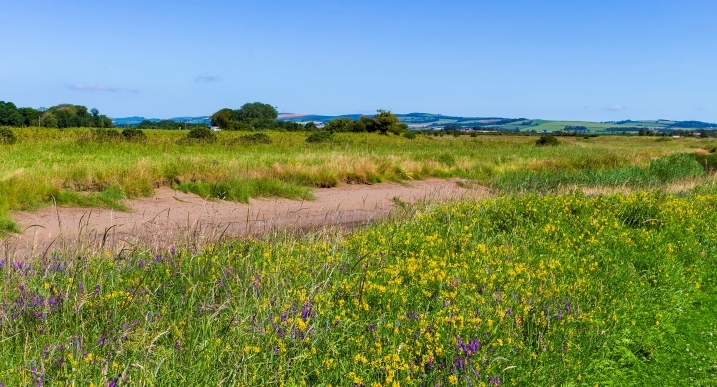 Wildflowers along Lochar water, by Alex Hillier
Wildflowers along Lochar water, by Alex Hillier
Words by Marianne Nicholson and Jake Goodwin
Feature image of reserve volunteer team on merse by Molly Waters
